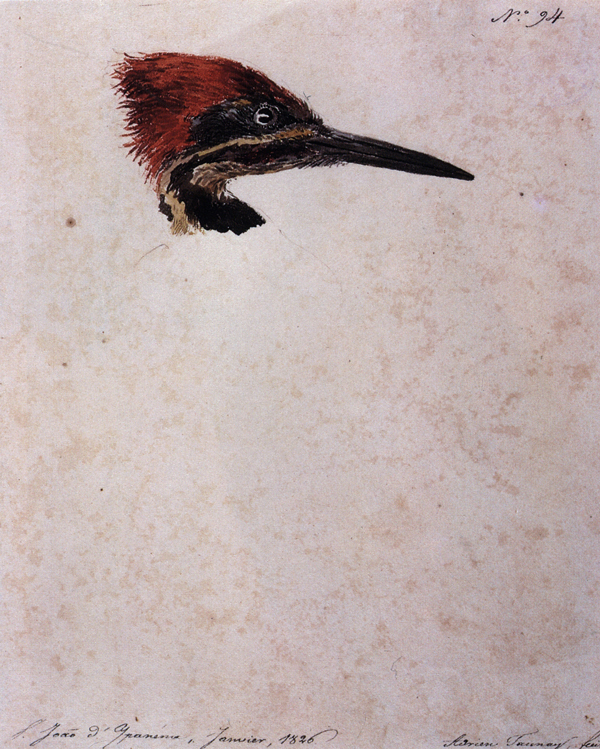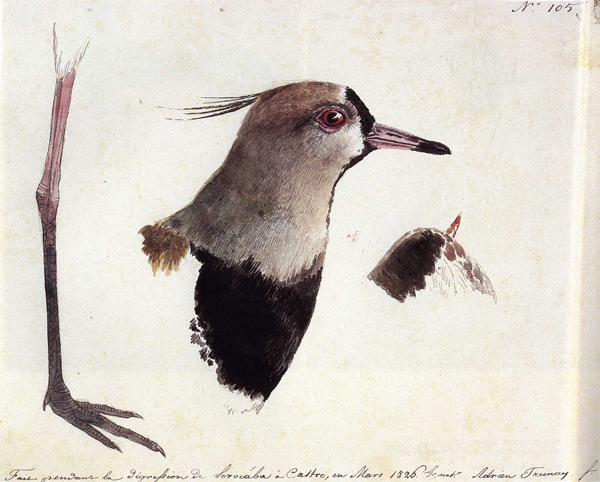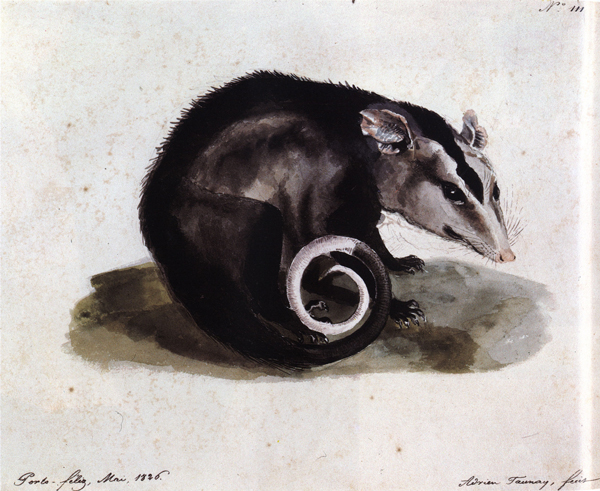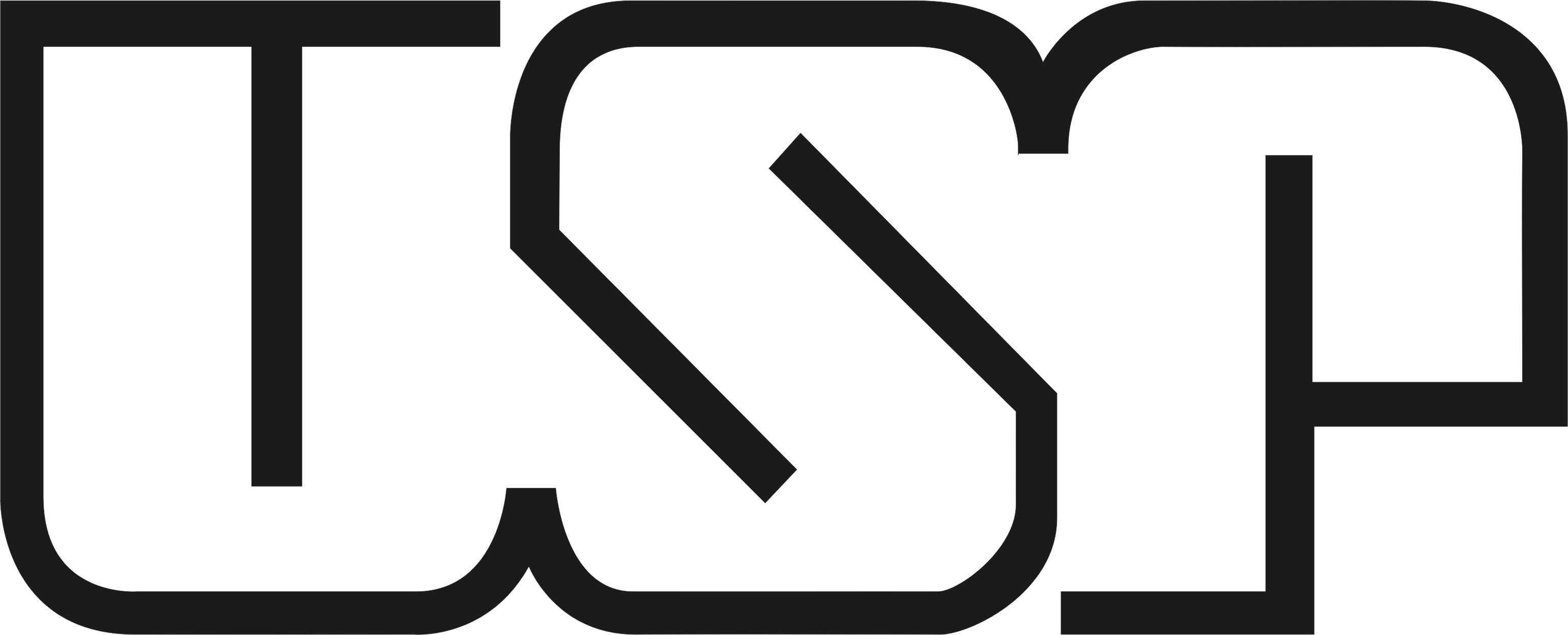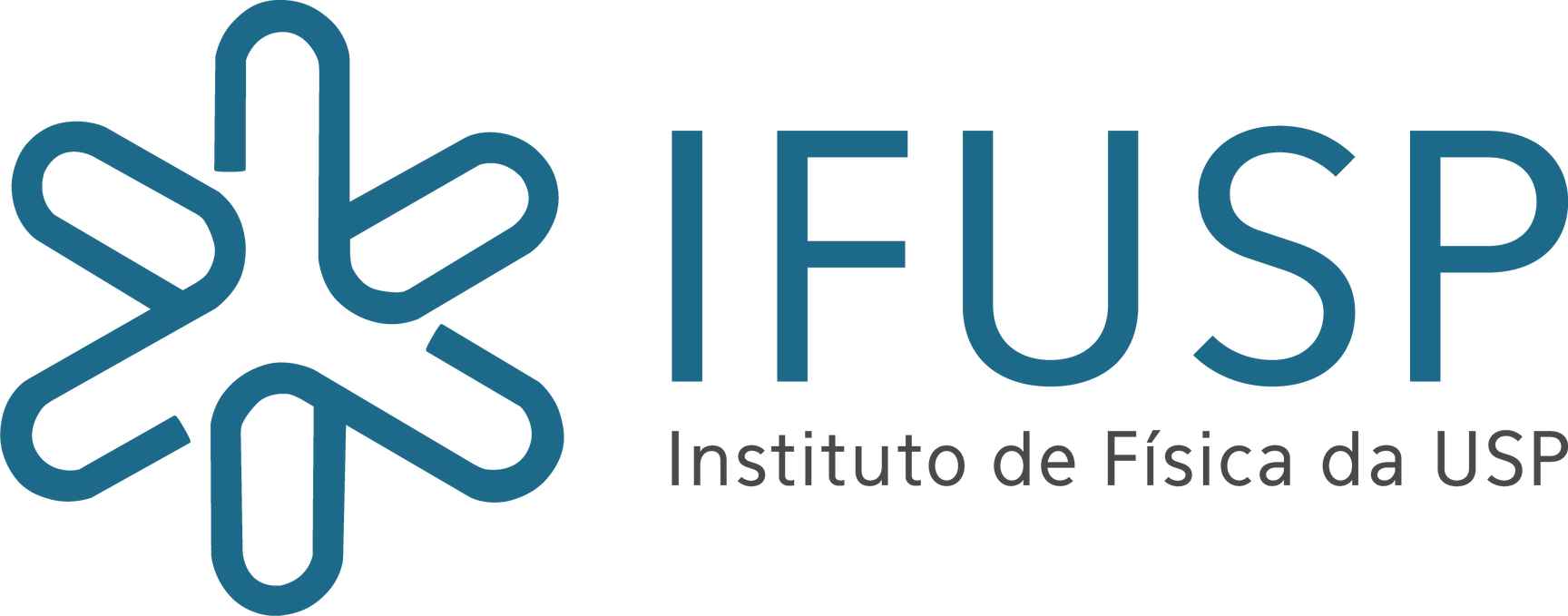THE NOTEBOOK
Food
Among the information recorded in Aimé Adrien Taunay’s notebook, the food consumed during his journey draws attention. The writings on the diary actually begin with a dinner gathering at the house of the Count of Gestas, and throughout the narrative, the traveler renders a special place for the subject of food. The region he traveled consisted of small and medium sized properties, small rural estates that produced for subsistence purposes, and to the supply of the city of Rio de Janeiro. Taunay also observed coffee and sugar cane plantations along the way.
Besides the foreign market, such products and their derivatives –cachaça, spirit and sugar– were consumed by the people of the region, as can be seen in the passage where he took “a cup of coffee with milk and rolls”.
Other agricultural products cultivated in those parts and annotated by the traveler were alfalfa, rice, banana and orange. In addition, the diet relied on food obtained from hunting: woodpeckers, jacutinga birds, partridges, parrots, deer, scabbards and armadillos. Upon arriving in Nova Friburgo, the artist was entertained mainly by French-speaking Swiss settlers, who offered him dishes typical of the Swiss culinary tradition but prepared with local products such as fresh cheese with cornmeal, banana cake, fresh butter on corn bread and pancakes.



